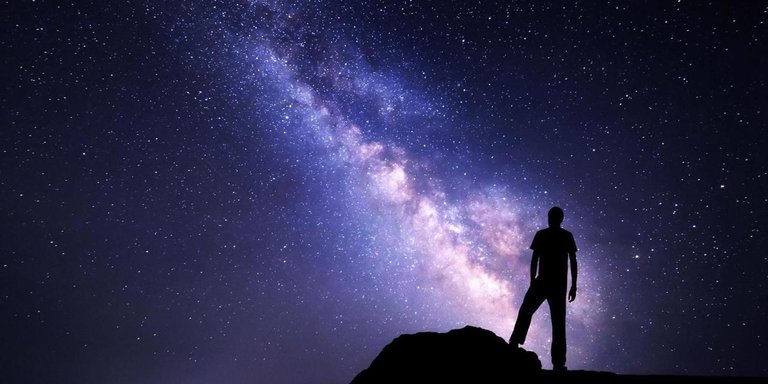
Welcome my dear Steemian friends to the First episode of Deep Astronomy! A series in which we will answer some of the most curious questions about our Universe!
Everybody we have ever known, lived here somewhere on Earth. Everything we have ever done, every single child born, every single person died here on Earth. But have you ever imagined just how small is our Earth is compared to the Whole Universe. Well that's what we are going to discuss today. Lets get right into it.
Lets start with, Distance Between Earth and Moon
you might think moon is very close to our Earth, because all we have seen moon as the biggest thing in the night sky. But that's not completely true. In Most of the textbook, the real scale of distance between earth and moon is not shown because it simply doesn't fit. In reality , Moon is actually very far away than you might think. It's actually 384,400 km away from us(average). That's is very big. In case you want a reference of how far it is, you could fit 30 earths in between this distance. Here's a picture reference.
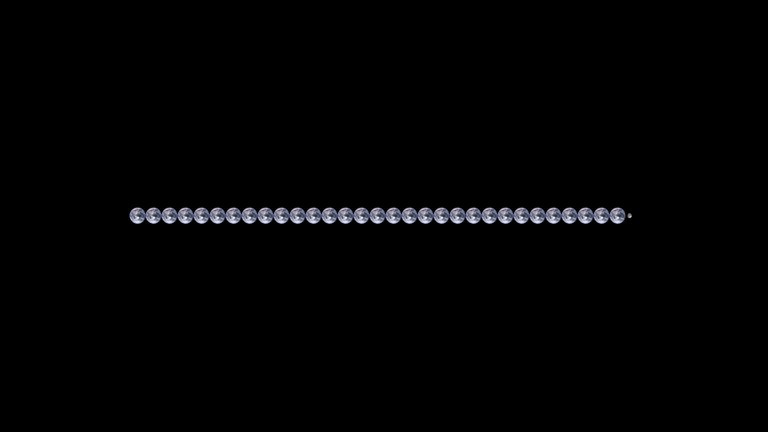
Fig: 30 Earths can fit in between this distance (credits)
It takes 2.5 seconds for light to travel between earth and moon and back.
Despite this vast distance, 12 people have actually set foot on the moon, which might be the humanity's greatest achievement.
OK, so how far away we are from Mars?
The distance between mars and earth is not constant. Mars is on average 225 million km away from Earth. That's actually 986 times the distance between Earth and moon. The minimum distance is 56.4 million km and maximum is 401 million km. If a astronaut ever lands on Mars, it would take minimum of 3 minutes and maximum of 20 minutes to communicate each sides. To visualize how small we really are , here is the reference picture of Earth taken from Mars.
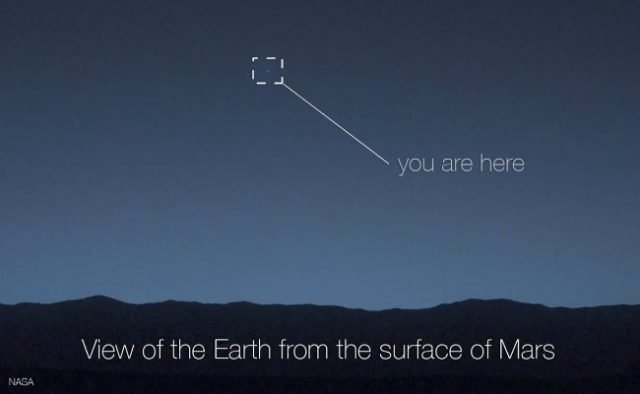
Fig: View of Earth From Mars (Credit)
That tiny dot is our home planet Earth.
So, how far have we gone in this universe?
Voyager 1 is the first man made space probe , that has gone farthest in the universe. It is currently travelling at the speed of 38,000 mph and have traveled 11.7 billion miles from Earth. Voyager 1 is actually 138 times away from us , than the Sun. At some point in its journey, it turned around and took a photograph of earth. That shows how alone and small we are in this universe.
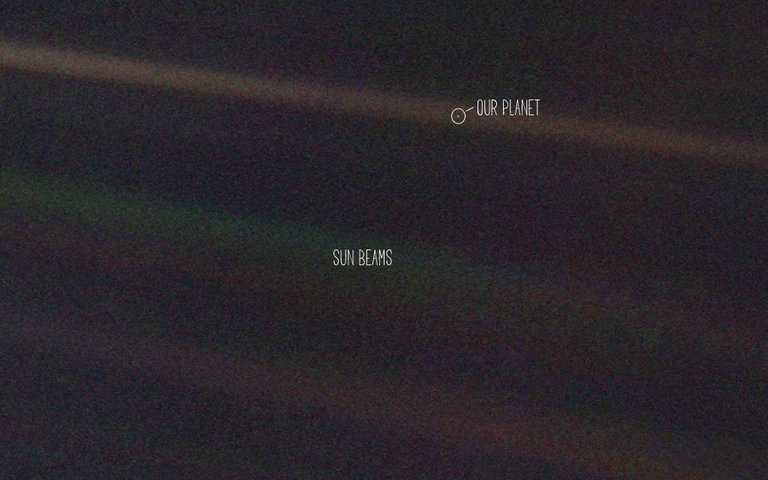
Fig: View of Earth from Voyager 1 (credits)
This incredible picture taken from Voyager 1 shows how lonely and small we are in this universe. Just a tiny piece of Dust suspend in the sun Beams. That might look a normal picture, but look closely, that tiny dot is our home, we all have lived on it, everybody you have ever known lived here just on a dust suspended in a sun beam.
But with even that speed , Voyager 1 wont go out of our solar system in less than 30000 years.
Now, Lets Go beyond our Solar System.
After we are beyond our solar system, we are in the interstellar region of space. In this Region the closest Star to our Solar system is "Proxima Centuari" , which is about 4.2 light years away from us. That might look large but, in the interstellar neighborhood , that's actually very small. For reference , if Voyager 1 was travelling to proxima Centuari, it would take 70,000 years to reach it.
When we zoom out ever further, we can see our Milky Way Galaxy. We cant even see our solar system if we went that farther. to put that in perspective, just how small we are in respect to the Milky Way galaxy, here is a reference picture for you.
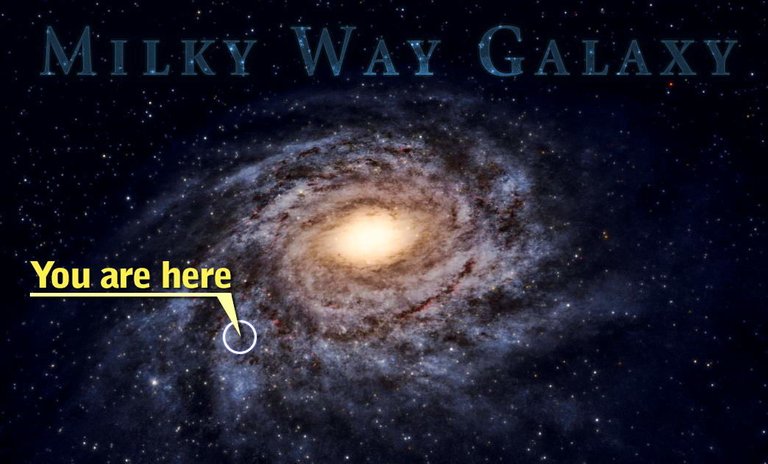
Fig: Our Solar system in The Milky Way galaxy (credits)
The average diameter of our Galaxy is 100,000 light years. There are more than trillion stars and planets inside are own galaxy. All the stars visible at night are only confined to the tiny circle shown in the picture.
Beyond our Galaxy
If we zoomed out even more , beyond our galaxy we will find , local group of galaxies. It consists of 54 different galaxies with the total diameter of 10 million light years.

Fig: Local group of Galaxies (credits)
After zooming out further more we go into the Virgo Super Cluster in which our local group is just a tiny dot. There are more than 100 local group of galaxies in that cluster. The diameter of this cluster is 110 million light years. We can't even imagine that vast distance.
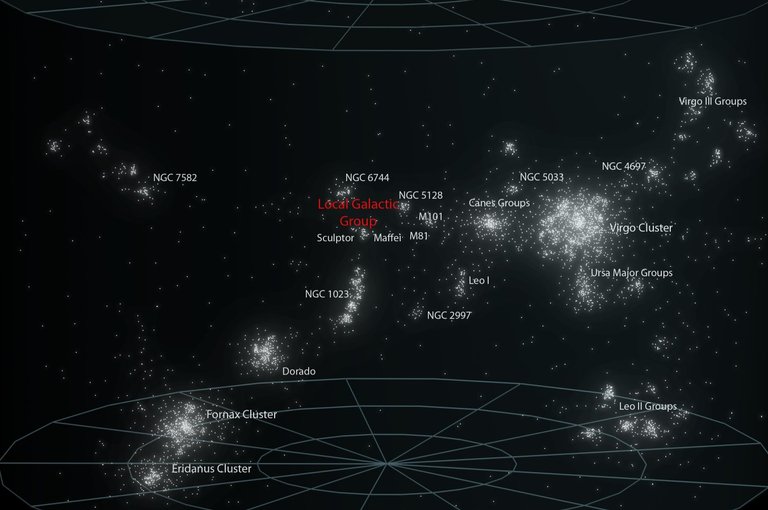
Fig: Virgo Super Cluster (Credits)
But even this cluster is nothing compared to the Laniakea Supercluster. The diameter of this super cluster is 520 million light years. But wait this is going to more intense, even this Laniakea supercluster is just a tiny dot when compared to the entire Observable Universe. Observable universe contains every thing that we have ever known, our knowledge is limited to the observable universe. It is the home to 2 trillion galaxies from which every one of them contains trillions of stars and planets. The distance between earth to the edge of Observable Universe is Mind staggering 46.5 billion light years which means the diameter of the observable universe is 93 billion light years. All we can currently see is the observable universe.

Fig: Observable Universe (Credits)
No body Knows what lies beyond our observable universe. But it is Estimated that the Entire Un-observable universe is 150 Sextillion times larger than our observable universe. Our Observable universe might also be a tiny dot in the more bigger universe that we are never ever going to Explore.
Finally, We are unimaginably small. We have so much more to learn, explore and discover.
That's it for this Episode Guys . Hope you all enjoyed the post. If you did Upvote and comment your thoughts. And follow Me Thank you
Stay Curious.
@curiousity if you can help or know anyone able to program a bot for steemit to fight against all the bullshit flatearth posts and comments polluting this space, please consider resteeming my post calling for an automatic flatearth downvoter. https://steemit.com/steemit/@quantumpoker/bot-developer-and-rational-whales-needed-for-essential-steemit-project
Awesome post. We are really small :D
Thanks for posting this it put me on thoughts.
Thanks for your kind words :)
Just read this to my 5 year old. She loves space as do I. I always wondered exactly what you wrote. Thank you for the enlightenment.
So.... im a spec in the petri dish ...
Pretty much
damn. I need to sleep before i read this!!!! But it looks awesome!
you should get a quick nap lol
great post thanks for sharing
Welcome :)
I think you will love to learn about Laniakea if you don´t already know about it. You will find a pretty cool video on youtube that takes you to the furthest research done in space. Just search: Laniakea.
thanks for the advice. i will definitely look for it
thanks for answering this question that came thought my mind several times thanks a lot for sharing and keep on posting ;)
appreciate you comment :)
I really like this post!
Thanks.. watch out for next episode :)
our universe is always a limitless wonder , nice post